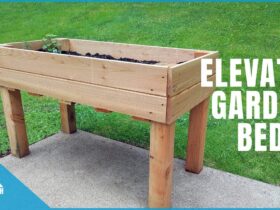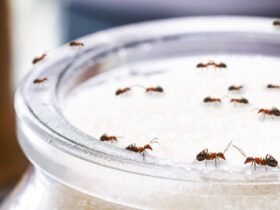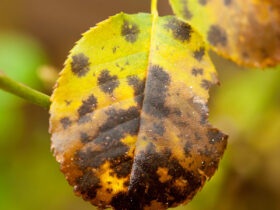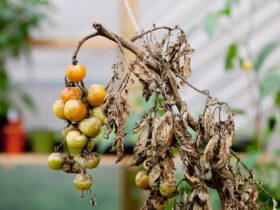Tomatoes are a favorite in many gardens. They are tasty and healthy. But sometimes, tomato plants get sick. One common problem is blight. Blight can ruin your plants. This article will explain what blight is, its causes, and how to prevent it.
What is Blight?
Blight is a disease. It affects many plants, especially tomatoes. There are two main types of blight:
- Early Blight: This happens early in the growing season.
- Late Blight: This usually appears later, often in summer or fall.
Both types can cause big problems. They can make leaves turn yellow. Leaves may also develop dark spots. If not treated, the entire plant can die.
What Causes Blight?
Blight is caused by different things. Understanding these causes can help you protect your plants. Here are the main causes:
1. Fungi
Fungi are tiny organisms. They can spread quickly. Early blight is caused by a fungus called Alternaria solani. Late blight comes from another fungus named Phytophthora infestans. These fungi thrive in warm, wet conditions. They can spread through water, soil, and air.
2. Wet Conditions
Tomato plants love water, but not too much. If it rains a lot, plants can get wet. Wet leaves can lead to blight. Water on leaves creates a perfect home for fungi.
3. Poor Airflow
Good airflow is important. When plants are too close, air cannot flow. This can keep leaves wet for longer periods. Fungi love this environment. To prevent blight, space your plants apart.
4. Infected Soil
Sometimes the soil is infected. Fungi can live in the soil for years. If you plant tomatoes in this soil, they can get sick. Always check your soil before planting.
5. Infected Plants
Sometimes, you might buy sick plants. If you get a tomato plant with blight, it can spread to your other plants. Always inspect plants before you buy them. Look for yellow leaves or dark spots.

Credit: www.rhs.org.uk
Signs of Blight
It is important to recognize the signs of blight early. This can help you act quickly. Here are some common signs:
- Yellowing Leaves: Leaves start to turn yellow.
- Dark Spots: You may see dark spots on the leaves.
- Wilting: Plants may look wilted and unhealthy.
- Rotten Tomatoes: Tomatoes may rot before they are ripe.
If you notice these signs, check your plants carefully. Early detection is key to saving your tomatoes.
How to Prevent Blight
Now that you know what causes blight, let’s talk about prevention. Here are some tips to keep your tomato plants healthy:
1. Choose Resistant Varieties
Some tomato plants resist blight better than others. When buying seeds or plants, look for resistant types. These plants can withstand blight better.
2. Water Properly
Water your plants early in the day. This allows leaves to dry out quickly. Avoid getting water on the leaves. Water at the base of the plant instead.
3. Space Plants
Give your tomato plants enough space. This allows air to circulate. Good airflow helps keep leaves dry. Healthy plants are less likely to get blight.
4. Rotate Crops
Do not plant tomatoes in the same spot every year. This is called crop rotation. It helps prevent diseases from building up in the soil. Move your tomato plants to a new location each year.
5. Clean Up
At the end of the season, clean your garden. Remove any dead plants and debris. This can help stop blight from returning next year.
6. Use Mulch
Mulch can help keep moisture in the soil. It also keeps soil from splashing onto the leaves. This can reduce the chances of blight.
7. Monitor Plants Regularly
Check your plants often. Look for early signs of blight. Catching problems early can save your plants.
Treating Blight
If your plants get blight, there are ways to treat it. Here are some options:
1. Remove Infected Leaves
Cut off any leaves that show signs of blight. Dispose of them properly. Do not leave them in the garden.
2. Use Fungicides
Fungicides can help treat blight. They kill the fungi causing the problem. Always follow the instructions on the label.
3. Improve Air Circulation
If your plants are too close, thin them out. This helps increase airflow. Good airflow can help prevent more blight.
4. Keep Plants Dry
Make sure to keep the leaves dry. Use a drip irrigation system if possible. This helps water the soil, not the leaves.

Credit: www.bhg.com
Conclusion
Blight is a common problem for tomato plants. Understanding what causes blight can help you. With the right care, you can prevent and treat it. Remember to check your plants often. Use the tips in this article to keep your tomatoes healthy. Happy gardening!

















Leave a Review